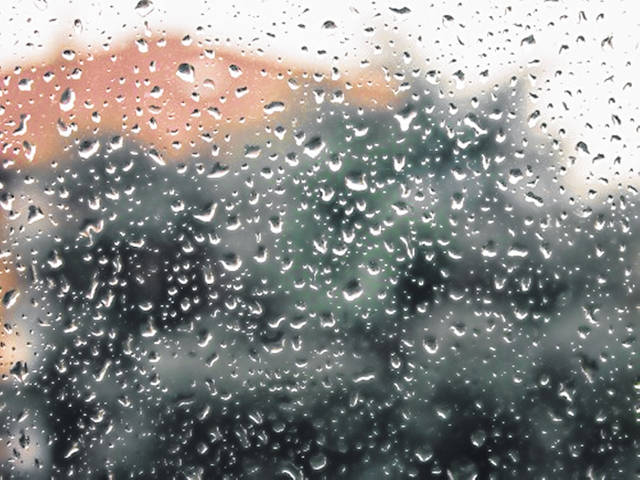
COLUMBUS – The soggy truth? Ohio had a really wet year.
After an exceptionally rainy fall in Ohio, the state is on track to have its third wettest year ever, said Aaron Wilson, climate specialist with Ohio State University Extension and the Byrd Polar and Climate Research Center. OSU Extension is the outreach arm of the College of Food, Agricultural, and Environmental Sciences (CFAES).
Early September the remnants of Hurricane Gordon moved across Ohio triggering upward of 8 inches of rain in southern Ohio. While October rainfall was closer to average, in November, umbrellas came out again – and often.
With a high rainfall count heading into winter, even if December winds up with average or even below average rain, total rainfall for 2018 likely will be the third highest on record, Wilson said.
“Ohio is not an anomaly,” he said. “It fits the trend toward increased precipitation that we’ve seen across the Midwest and the Northeast.”
Temperatures are getting warmer, and a higher amount of water vapor is in the atmosphere, leading to increased precipitation, Wilson said.
“We’re seeing more intense rainfall events and more overall annual precipitation,” he said.
Autumn’s wet weather kept farmers’ combines inside. Showers led to delays in harvesting corn and soybeans, which is typically wrapped up by early November yet was still in process last week in some parts of the state.
Neither corn nor soybeans can be harvested easily when they’re wet. If they are, they need to be dried before they’re stored or sold, which takes additional time and expense.
“There was a window to harvest, but the window closed and it didn’t really open again for a lot of farmers,” said Laura Lindsey, a soybean specialist with OSU Extension.
Harvesting frozen ground
Some farmers had to wait until the ground was frozen to harvest.
“At this point, the frozen soil is preferable to wet soil,” Lindsey said.
During the last week of November, about a half million acres of soybeans still had to be harvested across the state, which typically grows 5 million acres of soybeans annually, Lindsey said.
“There were guys who were harvesting last week,” she said.
The longer mature soybeans stay in the field, the higher the risk of pods breaking off and falling to the ground or succumbing to a pest.
Even soybeans that were harvested on time had some problems with quality, and those quality problems will affect the seed for next year’s crop, Lindsey said. Stink bugs pierced some pods to reach the seeds, and other soybean pods opened up prematurely, which led to some losses.
Even so, farmers are paid based on their yield, not the quality of their crop, unless their crop is severely damaged. So even if there were some damaged soybeans, that likely won’t affect a farmer’s bottom line, Lindsey said.
However, the poor quality of some soybeans will affect the quality of seed that comes from them. Whatever seed growers buy, they need to be sure not to overlook the percentage of seeds that are expected to germinate. If the percentage of germination is slightly lower than usual — say, 90 percent rather than 95 percent — a grower will want to compensate by planting more of that seed.
The average yields of both soybeans and corn are projected to beat the state’s previous record highs. Soybeans, which are estimated to average 60 bushels per acre, are expected to top last year’s average by 19 percent, and the 190 bushel-per-acre average for Ohio corn is up 11 percent from 2017’s average, according to the U.S. Department of Agriculture.
This year’s high yields are largely because most Ohio farmers were able to plant at the ideal time, in late April and early May, Lindsey said. For soybeans, the No. 1 factor influencing yields across the Midwest is the planting date, she said.
The one region of the state that planted later was north-central Ohio, where soybeans went in the ground in June. “That’s because they got a lot of rain,” she said.


